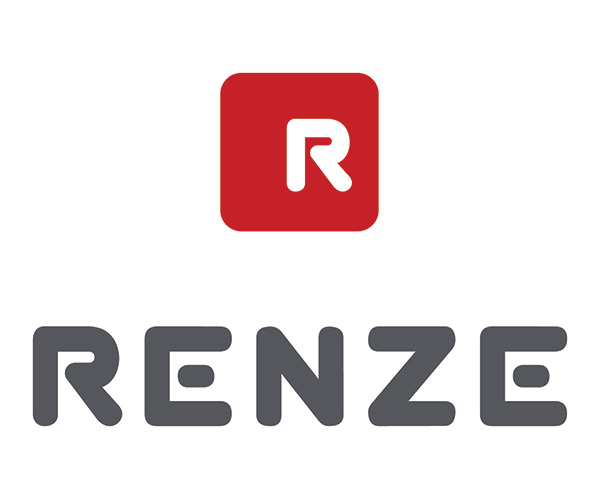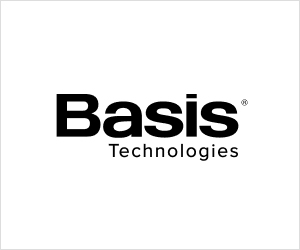 Contributed by Teonne Wright, Former AAF Omaha Board Member & Education Committee Co-chair
Contributed by Teonne Wright, Former AAF Omaha Board Member & Education Committee Co-chair
In case you missed it, Victor Lipman, Contributor at Forbes.com, posted a column titled ‘Why Doesn’t Diversity Training Work?’. Read more below.
Most diversity training initiatives fail because they come across as a none-too-thoughtful exercise in political correctness, rather than the valuable business education programs they should be.
This subject was on my mind after reading an excellent, comprehensive section in the July-August Harvard Business Review, “Spotlight on Building a Diverse Organization.”
There’s a great deal here (I’d recommend the section as required reading for all HR execs), but the single insight that most resonated with me was the persistent failure of organizations’ attempts to “legislate” more positive attitudes toward diversity.
“Do people who undergo training usually shed their biases?” write Frank Dobbin and Alexandra Kalev in the HBR article, Why Diversity Programs Fail. “Researchers have been examining that question since before World War II, in nearly a thousand studies. It turns out that while people are easily taught to respond correctly to a question about bias, they soon forget the right answers. The positive effects of diversity training rarely last beyond a day or two, and a number of studies suggest it can activate bias or spark a backlash. Nonetheless, nearly half of midsize companies use it, as do nearly all the Fortune 500.”
At this point I’ll add my own entirely unscientific perspective to this conversation. After several decades of participating in diversity programs as an employee (and observing other employees), following is my conclusion.
Authenticity counts – I recently did a post on “authentic” leadership – “What’s The Big Deal About Authentic Leadership?” (Point being, shouldn’t all leadership be authentic? What’s the alternative – inauthentic leadership?) Well, “diversity” is one area where authenticity is sorely needed.
During my decades in business my diversity training took several forms. I took quick online courses. We zipped through the questions and were done in about half an hour and could get back to work.
It felt like we were simply checking a box in some sort of large HR curriculum. Well, that’s done – excellent, now we’ve fulfilled our legal obligation for another year!
At other times I listened to speakers. Vast numbers of employees would be herded in and someone would talk at us for an hour or so about why diversity mattered. Again, it felt like a box being checked. An image of grazing cattle comes to mind: Employees would sit patiently, listen now and then, and then get back to work.
But in my years in business, one experience did make a positive difference.
I was managing National Advertising at the time, and our team worked closely with the Multicultural Marketing team – to help ensure our high-level messages would appeal to diverse audiences, and to ensure the national campaign would be effectively leveraged to more targeted channels. My team members participated in their team’s meetings, and their team members participated in ours.
It didn’t take long for both teams to clearly understand the benefits of diverse collaboration. Of course it made good business sense for our marketing messages to be consistent and appeal to as diverse audiences as possible. Just good business, plain and simple.
My team members worked with smart, diligent professionals from across the globe, and mutual respect grew organically. Why? Because the business experience was in no way contrived. It was authentic.
Both teams quickly and intuitively realized the tangible benefits of the collaboration.
This of course wasn’t a “diversity program” per se. Respect for diverse thinking was simply a natural side benefit of our working arrangement.
Now I realize one won’t always have so ideal an opportunity to co-mingle teams, but my point is that for diversity training purposes management needs to give serious thought to designing more meaningful experiences.
With an emphasis on quality over quantity. Better to take the time to develop a truly worthwhile program than to do one just for the sake of doing one. I’d suggest experiences that mix teams… or utilize highly respected thought-leader employees… or somehow expose people to new ways of looking at the world… in a natural business environment. Easier said than done I know, but worth taking the time to get it right.
If employees feel management is just checking a diversity box, employees will go through the motions as if they too are just checking a box.
But if they feel management is actually providing a thoughtful, authentic experience, an organization will have a much better chance of making diversity feel like the critical business issue it surely is.
To see the original article, please click here.



